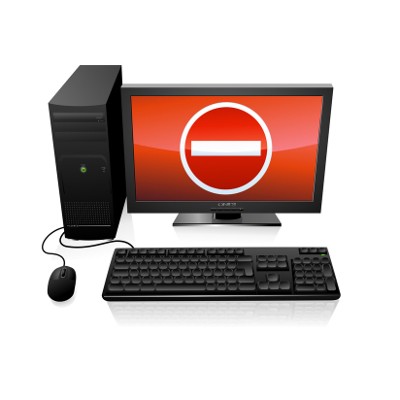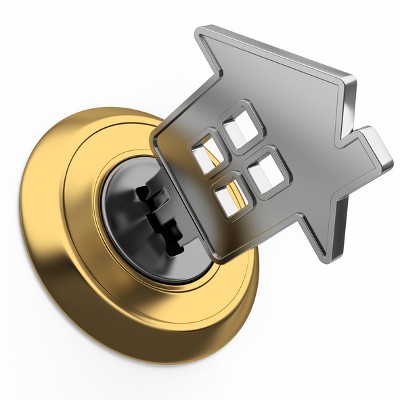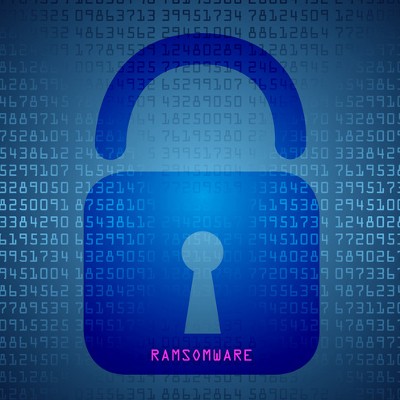Encryption has become a very important part of maintaining an acceptable standard of security while browsing the web and storing data. Large enterprises and organizations have been using encryption for a long time, and even the average consumer uses encryption each and every time an online purchase is made. Did you know that the protection afforded users by encryption is made possible thanks to security certificates?
Argentum IT LLC Blog
Regardless of what industry a company is classified under, they all are responsible for upholding particular standards to ensure compliance with industry regulations. However, according to the 2016 State of Compliance survey, a shockingly high number of organizations were shown to be a bit fuzzy on their requirements.
IT security is a major pain point for all businesses in all industries. Is your organization doing a good enough job at keeping your data safe? The reality of the situation is that the majority of threats make it through the tiniest of vulnerabilities, even those that seem to be benign. By understanding a concept called the 80/20 rule, you might be able to better address your business’s network security weaknesses.
Ransomware is a dangerous malware that all businesses fear. Although, if the right precautions are taken, a ransomware attack can be completely thwarted. A recent hack attack of the San Francisco Municipal Transportation Agency provides us with a real-world example of this, which helps make ransomware appear a lot less formidable.
Is your organization using the latest technology solutions? If so, that’s great--you’ve taken the first step toward achieving maximum productivity and efficiency. However, you need to realize that no technology solution comes without its quirks that need to be addressed. Here are two ways that your new technology solutions could potentially be putting your business’s infrastructure at risk.
One of the biggest benefits to the modern business is the scope and breadth of the Internet that connects them with potential and current clients and allows them to communicate their goods and services. This scope and breadth are also one of its biggest pitfalls, as there is plenty of room for the multitude of threats and other potential issues to reside as they menace businesses everywhere.
There are benefits to being a small business. Being small provides all sorts of flexibility, including the ability to make decisions quickly and without having to go through so many hoops. Plus, you have a smaller workforce, which makes for a more personal experience. However, this also leads to a rather unfortunate side-effect of believing that you’re immune to being hacked.
USB is a popular technology in all modes of today’s society. You’d be hard-pressed to find a modern piece of technology that’s not compatible in some way, shape or form with USB. Thumb drives, chargers, and even portable drives all use this common technology. However, this also means that hackers can take advantage of its popularity to spread malware and other problems.
Hackers are always trying to come up with new ways to steal or corrupt sensitive data. If you don’t take the opportunity to protect your systems, you could be staring down a major data loss incident or security discrepancy. Here are five ways that you can protect your business’s infrastructure from hackers waiting to steal your data.
As technology advances and allows for common pain points to be corrected, many of today’s most well-known entities will adopt new solutions to ease the experience of their customers and clients. Take, for example, eBay. The famous reselling site has been taking steps to install an assortment of new features to improve its customers’ experience.
Security has never been easy for any business that deals with sensitive information. Nowadays, even a small business that uses an Internet connection has to worry about hackers and malware of all types. This is especially problematic for small healthcare offices that need to keep sensitive information secure and safe from online threats.
Halloween is a time when we celebrate what scares us, like ghosts, goblins, ghouls, and the like. For adults, the holiday becomes more lighthearted with each passing year, due to the understanding that such monsters are fictional. Yet, there exists real monsters who know how to play on people’s fears, namely, hackers.
Security is one of the most important parts of running a business, especially today when organizations rely so heavily on their technology solutions. Some of the most dangerous threats lurk on a business’s network, watching and waiting for an opportunity to do some real damage. With the right preventative measures, your business can catch these threats in the act before they can accomplish their goals.
Let’s say that you’re walking down the hallway of your office when you bypass a team member from accounting. They tell you that the wire transfer you requested has been completed successfully, but you don’t remember ever asking for such a thing. You take a look through your books and see that a ton of money was sent to some random stranger who took on your identity.
Insider threats are an unpleasant reality of working with sensitive information, though you might be relieved to hear that not all instances of insider threats have malicious intentions. Then again, maybe you aren’t relieved since a threat is still a threat. Either way, we’ll discuss some statistics concerning insider threats, and what you can do about them.
If we told you that automated teller machines, or ATMs, were susceptible to hacking attacks, would you believe us? You should; there are a plethora of ways for hackers to infiltrate and steal money from ATMs, with the latest being so dangerous that even the Secret Service has issued warnings about it.
In response to the increasing danger of cyber attacks against computerized cars that are currently in production, Volkswagen has partnered up with three Israeli experts in cybersecurity to form a brand new cybersecurity company dedicated to designing solutions intended to protect such advanced cars and their passengers.
Ransomware, the unpleasant form of malware dedicated to denying users access to their own device, has become more prominent with mobile technology. While ransomware is typically associated with desktop computers, it’s fully capable of infecting mobile devices. Therefore, it should be no surprise that cases Mobile-based ransomware have increased nearly four-fold in the past year.
In a world where businesses either pride themselves on their security solutions, or have woefully unsecured networks, you need to understand that one of the most common threats to sensitive corporate data comes from within your organization. User error is the leading cause of data loss and security-related problems, although, it’s important to remember that they often have good intentions that may result in an unfortunate outcome.
If you happened to plug your Kindle into your computer and get a blue screen of death, you aren’t alone. Many Kindle users have discovered that the Anniversary update to Windows 10 has caused an issue when attempting to use USB to charge the device or transfer books. It would seem that, within moments of connecting the Kindle to a Windows 10 device, the device will lock up and display the dreaded Blue Screen of Death before rebooting.




















